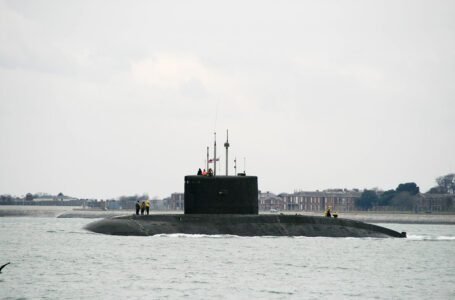LOTHAL: The Proto-historic site of Trade and craftsmanship
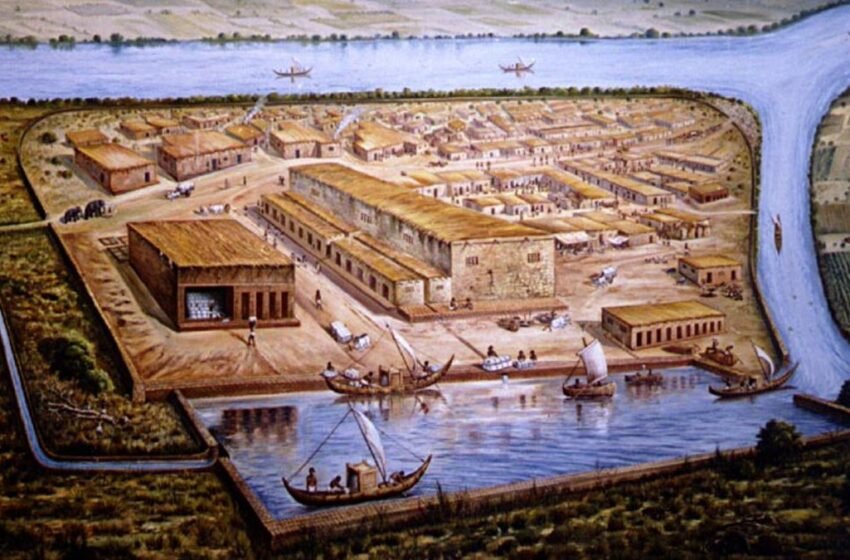
While reading through pieces of Indus Valley Civilization, Lothal stands out as one which pointed at the maritime connections and trade along with immaculate craftsmanship of the period. Lothal was a prosperous port town renowned for its well-organized dockyard, which aided in trade with far-off places like Mesopotamia. The flourishing trade in beads, jewels, and shells reflects the city’s rich artistic legacy, with sophisticated metallurgy, pottery, and ornaments in view. A remarkable glimpse into the complex urban and commercial life of the Harappan civilization is provided by Lothal’s fusion of trade, maritime power, and artistic expression.
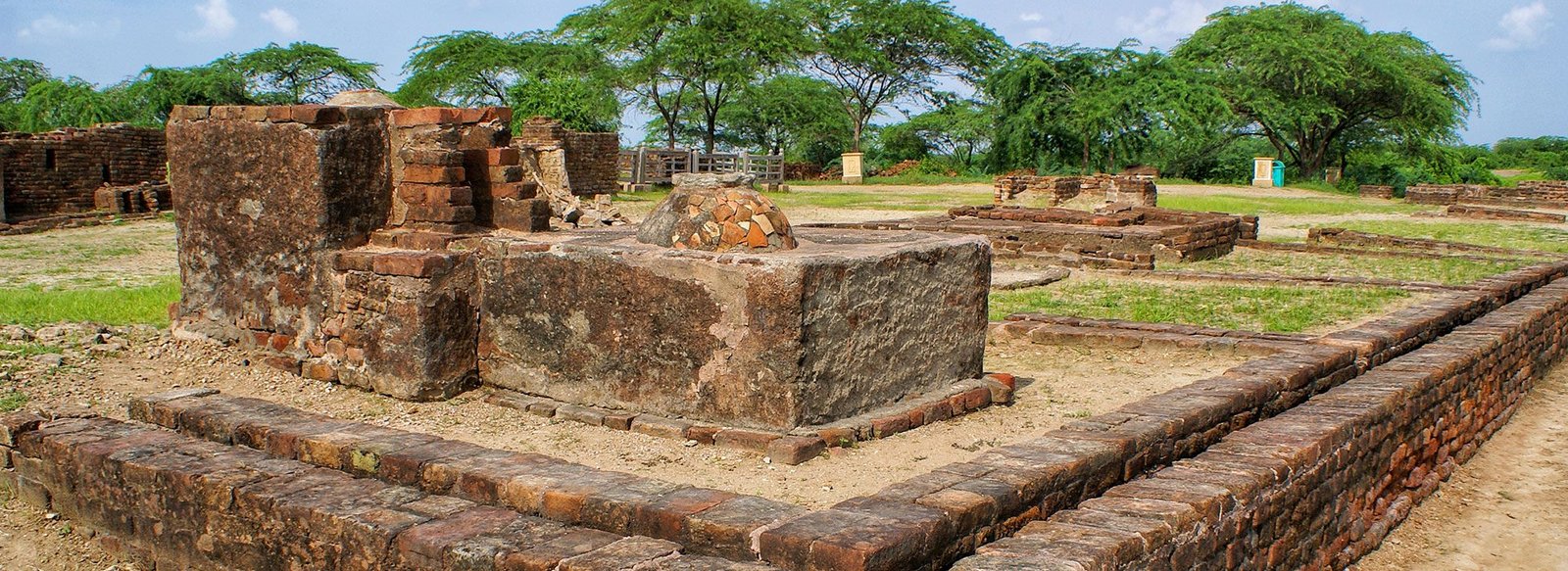
ORIGIN
Lothal is a major archaeological site of the ancient Indus Valley Civilization and it is located in the state of Gujarat in India. Dating back to approximately 2400 BCE it is believed to have been one of the first port cities ever discovered. Through its well-established maritime trade lines, it is said to have connected the Harappan civilization to Mesopotamia, Persia, Egypt, and other far-off places. The Gujarati terms “Loth” and “Thal,” which translate to “the mound of the dead,” are the source of the name “Lothal,” which is a typical naming scheme for historic locations.
When British India was partitioned in 1947, most IVC sites became part of Pakistan. The Archaeological Survey of India undertook a new program of exploration, and excavation. Many sites were discovered across northwestern India. Lothal was discovered in 1954 by the Archaeological Survey of India (ASI), a major agency of the Government of India responsible for the preservation of historical monuments. Excavations at Lothal began on 13 February 1955 and continued until 19 May 1960. The city traded along the Sabarmati River, a historical trade route connecting the Harappan city of Sindh (Pakistan) with the Saurashtra peninsula, surrounded by the Arabian Sea and the modern Kutch desert.

Strategically located close to the Gulf of Khambhat, Lothal offered convenient access to the Arabian Sea. As a result, the city was able to prosper as a centre of trade, enabling the exchange of commodities like precious metals, diamonds, beads, and ivory. The people of Lothal are thought to have been skilled in ceramics, metallurgy, and beadmaking.
HISTORY
Lothal is situated near the village of Saragwala in the Dholka Taluka of Ahmedabad in Gujarat. Since the site’s discovery, historians and archaeologists have been able to investigate and appreciate the intricate architectural and urban planning abilities of the ancient civilization.
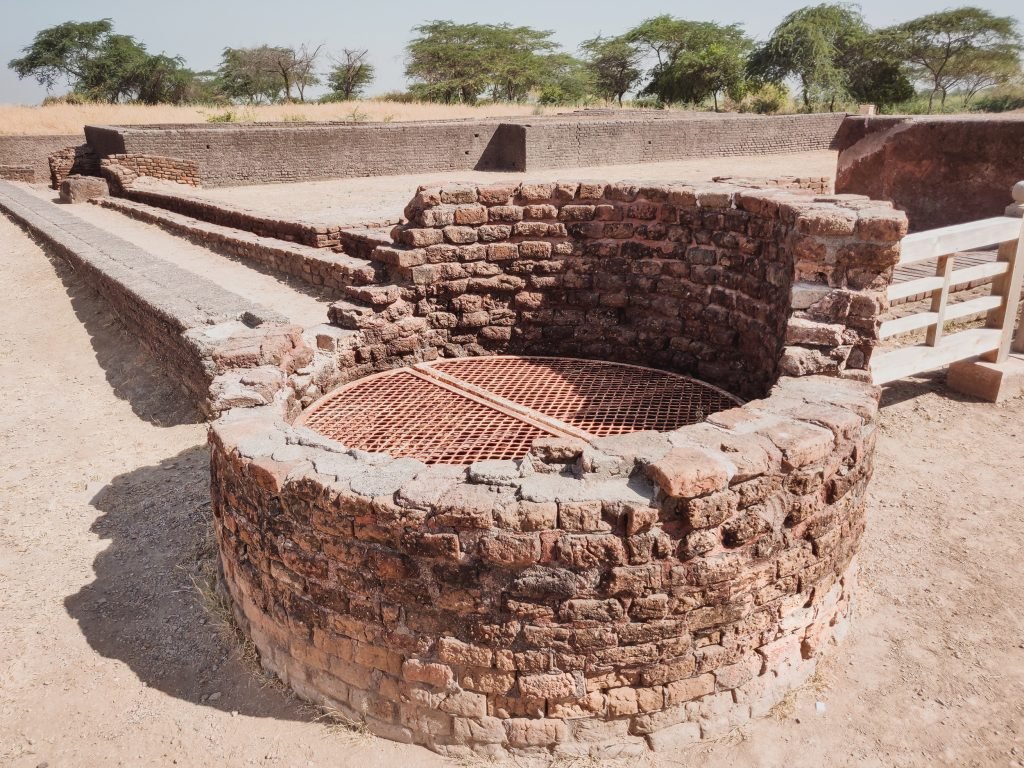
People of Lothal
The people of Lothal belonged to the larger Harappan culture, which was famous for its social organization, crafts, and urban development. Archaeological evidence suggests that the people of Lothal were skilled craftsmen, particularly in metallurgy, pottery, and beadwork. They probably produced beautiful jewellery, beads, and seals that were traded with other cities within and outside the Indus Valley. The Harappan inhabitants of Lothal contributed to the wealth of the land through trade, agriculture, and crafts, while living in a well-organized city with a social hierarchy.
Architectural Design of Lothal
The sophisticated and smart urban planning used by the Harappan people is reflected in the architecture of Lothal. The city was divided into distinct sectors, with residential areas, workshops, and administrative buildings. The houses were made of mud and each house had its own water supply connected to the public water supply. Lothal also had a central market hall and warehouses, which demonstrated the importance of trade and commerce. The streets and public spaces were carefully planned, demonstrating knowledge of urban planning and civil engineering.

THE DOCKYARD
The most famous feature of Lothal is its dockyard. It was the first of its sort to be found anywhere in the world. Due to the dock and the city’s advantageous location, Lothal had served as a vital hub for trade and transportation, linking the Harappans with other ancient societies.
Beyond its economic importance, the dockyard of Lothal is significant because it showcased the Harappan people’s sophisticated engineering, urban design, and maritime knowledge, making it a symbol of a possible invention. The dock was approximately 218 meters long and 37 meters wide. It was a large structure at the time. It had a river basin connected to the Sabarmati River. By design, ships could enter and exit the port, allowing for efficient loading and unloading of cargo.
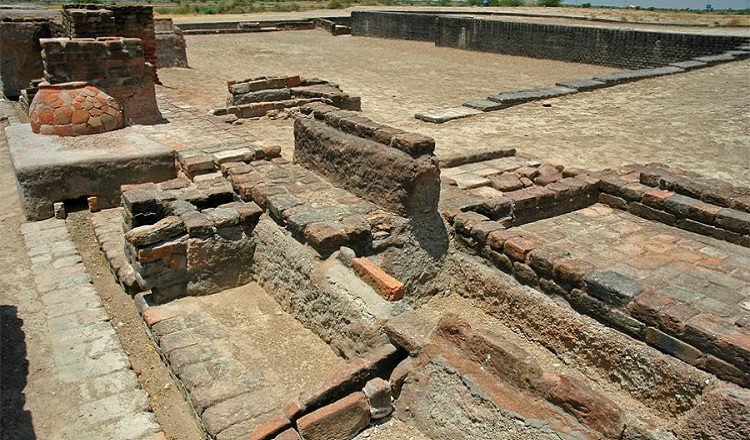
The strategic location of the port provided easy access to the Arabian Sea, facilitating maritime trade with distant regions such as Mesopotamia, Egypt, and Persia. Given that the walls here were made of bricks that have been burned in kilns, it seems probable that Lothal engineers researched tidal motions and their effects on brick-built structures. Because ships could be washed through flow tides in the river estuary and the Gulf of Khambhat had the largest tidal amplitude, this understanding also helped them choose Lothal’s location in the first place.
THE ART AND CRAFTSMANSHIP
Archaeological finds demonstrate that Lothal’s art highlights the excellent workmanship and talents of its people as well as their interaction with other modern civilizations. Lothal is well known for its exquisite bead industry, which is one of its most notable artistic accomplishments. Beads made of semi-precious stones, such as steatite, agate, chalcedony, and carnelian, were well-known from Lothal. Beads were expertly shaped, drilled, and polished by the Lothal artisans, who created both straightforward and intricate designs.
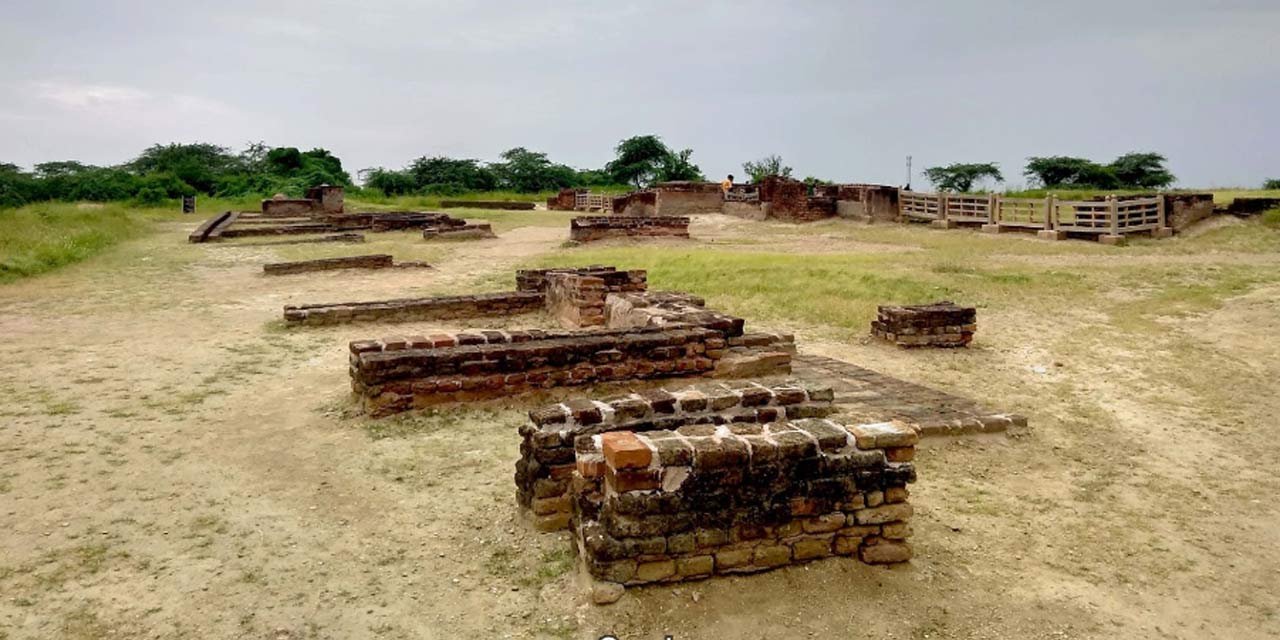
The craftsmen of Lothal were also proficient in metallurgy, especially when it came to creating items made of copper and bronze. These metals were used to make tools, weapons, and ornaments that have been found during excavations, demonstrating a high degree of metalworking skill. Among the objects made of copper and bronze are chisels, spearheads, fish hooks, needles, and mirrors, many of which were expertly made and had practical uses.
Lothal’s elaborate shell work was also well known, which was indicative of the city’s strong trade ties to coastal regions. Seashells were employed by Lothal artisans to make a variety of products, demonstrating their proficiency in making decorations, tools, and decorative accents. The large amount of shell debris found at excavation sites indicates that shell working was a vital industry in Lothal, meeting the requirements of the local population as well as those seeking exports.
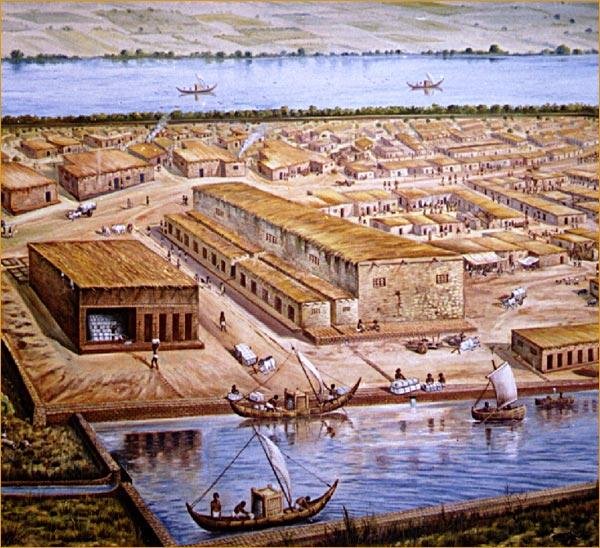
CURRENT SCENARIO AND PRESERVATION
Lothal is located in the Bhal region of Gujarat, India, approximately 85 kilometres southwest of Ahmedabad. The site is situated near the village of Saragwala in the Dholka Taluka of Ahmedabad district, along the Sabarmati River. Since ASI’s discovery they have ensured that the place stays protected and reserved and they have taken several measures to ensure that. They have taken into consideration all the possible factors and understand the importance of preservation of a place like this that continues to hold so much importance.


